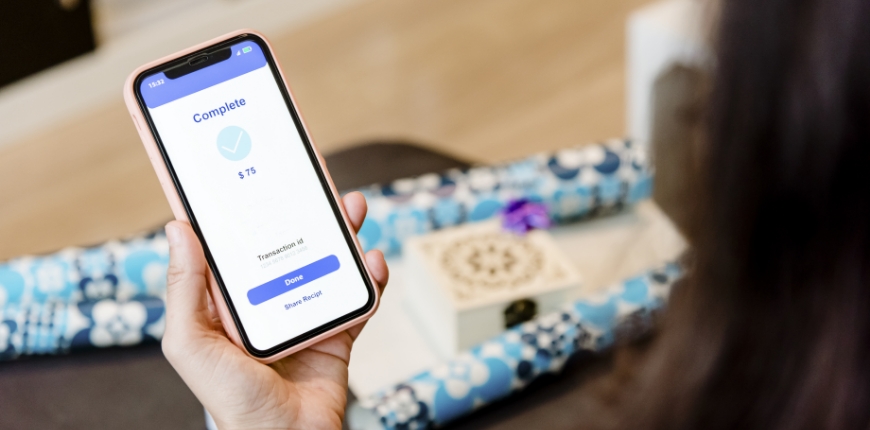Unretired and rehired
Want to reverse your retirement and return to the workforce? Karen is one of a growing number of Australians who are "unretiring."
Start by thinking about what amount would give you peace of mind.
As a guide, two months of your salary put away for a rainy day is good. If you can make it to three months or more, that's even better. But ultimately, whatever number helps you feel comfortable is a great step.
Consider how you can put this money aside and keep it separate from your day-to-day accounts. That way you’re less likely to ‘dip into’ it until you really need to. If you can, create a separate account that isn't linked to your everyday accounts (and maybe give it a name that inspires you!). This might be through a:

Save first, spend second. Decide on a regular amount you can commit to putting aside each pay. If you start small, once you're in the habit, you might find you can save more to help you reach your goal amount faster. If you saved $20 a week in your rainy day fund and didn't touch it, before you know it, in just one year this will add up tp $1,040.
A good goal amount to set aside may be 10% of your salary until you’ve hit your target, but you can start with what you’re comfortable with saving. Think about setting up recurring automatic payments so that when your pay comes in, you're saving regularly without any effort. A good time to consider doing this is when you get a pay increase, so the extra amount gets saved before you even miss it.
Aim for what you can afford, and remember, no amount is too small to put aside. This is about building a great habit for a brighter future.
One great way to quickly build up your rainy-day account is by tipping a little bit extra in when you can. Tax returns are a great example – if you get a tax refund after completing your tax return, you could consider putting this into your rainy day account.
Just remember to keep topping it back up as soon as you can so you have a safety net for the next time you need it.
Want to reverse your retirement and return to the workforce? Karen is one of a growing number of Australians who are "unretiring."
Starting 1 July 2024, a range of superannuation changes are set to take effect. Here’s what’s changing and how it may impact your super.